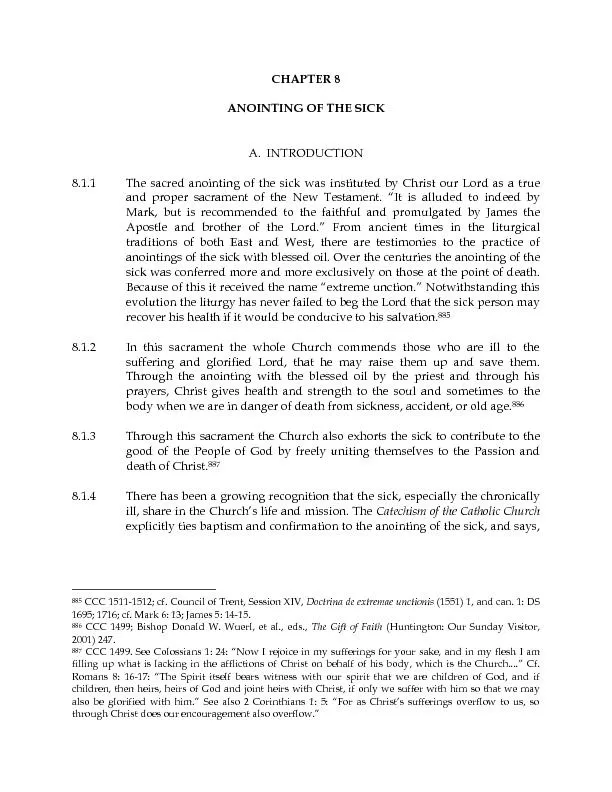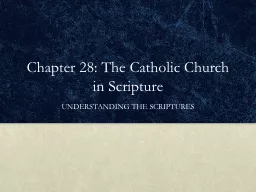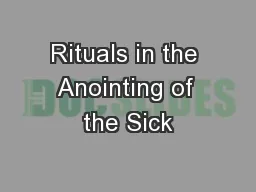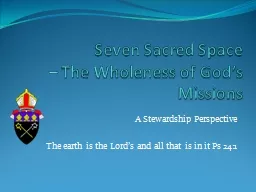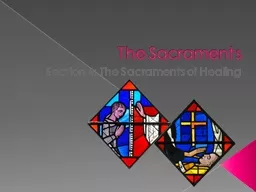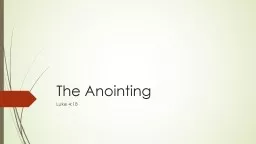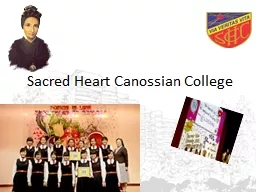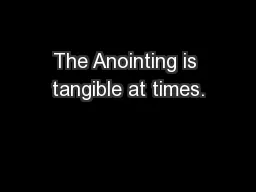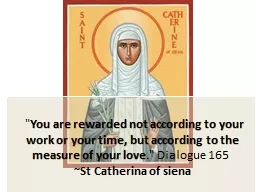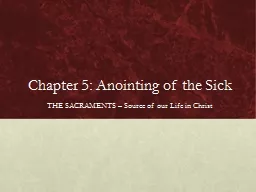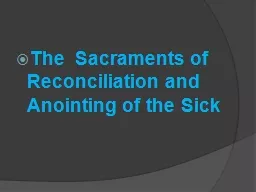PDF-ANOINTING OF THE SICK A. INTRODUCTION 8.1.1 The sacred anointing of t
Author : sherrill-nordquist | Published Date : 2016-02-29
CCC 15111512 cf Council of Trent Session XIV Doctrina de extremae unctionis 1551 1 and can 1 DS 1695 1716 cf Mark 6 13 James 5 1415 CCC 1499 Bishop Donald W Wuerl
Presentation Embed Code
Download Presentation
Download Presentation The PPT/PDF document "ANOINTING OF THE SICK A. INTRODUCTION 8..." is the property of its rightful owner. Permission is granted to download and print the materials on this website for personal, non-commercial use only, and to display it on your personal computer provided you do not modify the materials and that you retain all copyright notices contained in the materials. By downloading content from our website, you accept the terms of this agreement.
ANOINTING OF THE SICK A. INTRODUCTION 8.1.1 The sacred anointing of t: Transcript
Download Rules Of Document
"ANOINTING OF THE SICK A. INTRODUCTION 8.1.1 The sacred anointing of t"The content belongs to its owner. You may download and print it for personal use, without modification, and keep all copyright notices. By downloading, you agree to these terms.
Related Documents

